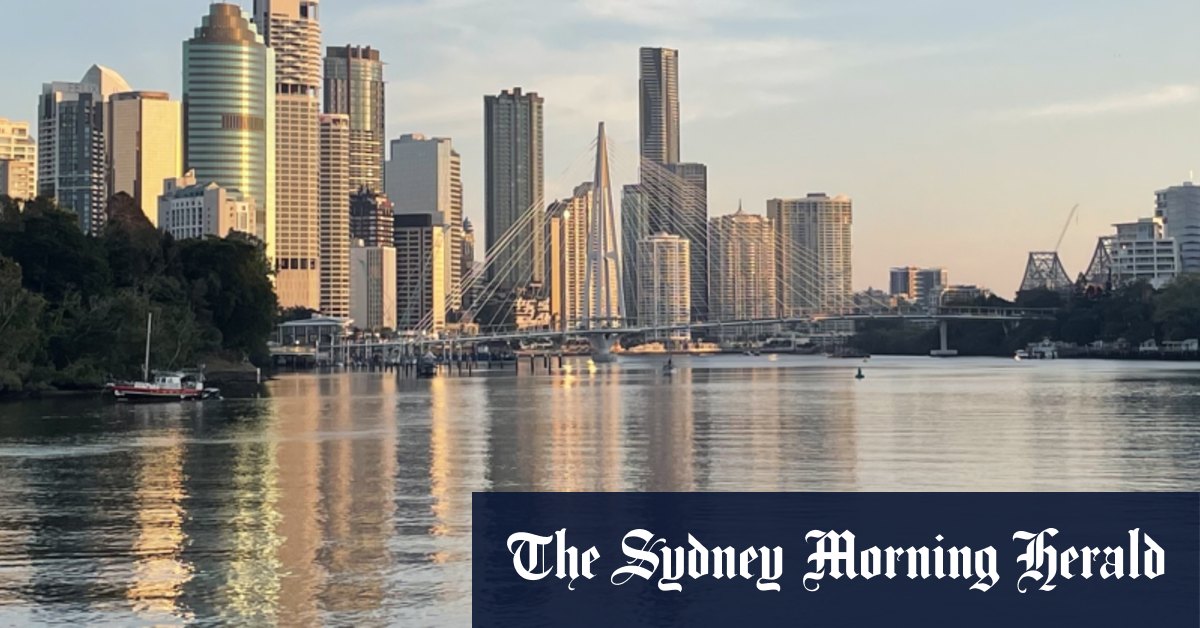Australia
Brisbane set for population shift not seen in Queensland since the 1970s

Queensland’s Growth and Infrastructure Challenges
Queensland is experiencing significant growth, with Brisbane emerging as a hotspot for both residents and challenges. The 2021 Census revealed that Queensland has a smaller proportion of overseas-born residents compared to other states, with the majority hailing from New Zealand and, to a lesser extent, England. This trend is expected to evolve further, with the next Census scheduled for 2026. While Brisbane’s allure as a great place to live is undeniable, this growth is putting a strain on the city’s infrastructure, particularly its roads and transport systems. Lord Mayor Adrian Schrinner has highlighted the need for Brisbane to receive its fair share of funding from state and federal governments to address these growing pains. Schrinner emphasized that while the city is investing as much as it can, the current funding model is unsustainable, with local governments receiving only three cents out of every tax dollar.
The Funding Gap and its Implications
The funding disparity between local, state, and federal governments is a significant issue for Brisbane. While state and federal governments collect 97 cents of every tax dollar, local governments are left with just three cents. This imbalance is becoming increasingly problematic as Brisbane’s population grows, leading to increased pressure on infrastructure. The last Queensland budget, under the previous Labor government, allocated more than two-thirds of capital expenditure outside of Greater Brisbane, with this figure rising from 58% in 2020-21 to 68.5% in 2024-25. This allocation is particularly concerning given that road funding for regional areas surpassed that for Brisbane, despite the city experiencing the largest surge in road fatalities.
Upcoming Budgets and the Federal Election
The coming months will be crucial for Queensland, with federal, state, and council budgets on the horizon, as well as a looming federal election. Immigration remains a hot-button policy issue, and the data suggests that Queensland’s population is becoming increasingly metropolitan. By 2025-26, Queensland is projected to have the second-highest proportion of residents living outside the state capital, surpassed only by Tasmania. This metropolitan tilt underscores the need for targeted investment in Brisbane’s infrastructure to support its growing population and address the challenges that come with it.
Brisbane’s Population Shift and its Implications
Queensland’s population is becoming increasingly concentrated in metropolitan areas, with Brisbane at the forefront of this trend. This shift is expected to leave Tasmania as the only state with a higher proportion of residents living outside the capital. While this growth is a testament to Brisbane’s appeal, it also highlights the need for sustainable infrastructure development and equitable funding. The city’s growing population is not just a matter of numbers; it represents a complex web of challenges and opportunities that require thoughtful planning and investment.
The International Population Conference
In a significant recognition of Brisbane’s growing importance, the city will host the International Population Conference for the first time in Australia this year. The five-day event, scheduled for July, will bring together experts and policymakers from around the world to discuss pressing population-related issues. This conference is not only a coup for Brisbane but also a timely opportunity to address the city’s population challenges and share insights on sustainable urban development. It is a moment for Brisbane to showcase its potential and learn from global best practices in managing population growth and infrastructure demands.
Conclusion: A Call for Sustainable Solutions
As Brisbane continues to grow, the need for sustainable solutions to its infrastructure and funding challenges becomes increasingly urgent. The upcoming federal election, coupled with the release of federal, state, and council budgets, presents an opportunity to address these issues. With immigration remaining a key policy issue, the focus on population growth and its implications for cities like Brisbane is unlikely to fade. The International Population Conference in July provides a platform for the city to engage with global experts and explore innovative solutions. Ultimately, Brisbane’s future hinges on its ability to secure the funding and investment needed to support its growing population and maintain its status as a fantastic place to live. The time to act is now.